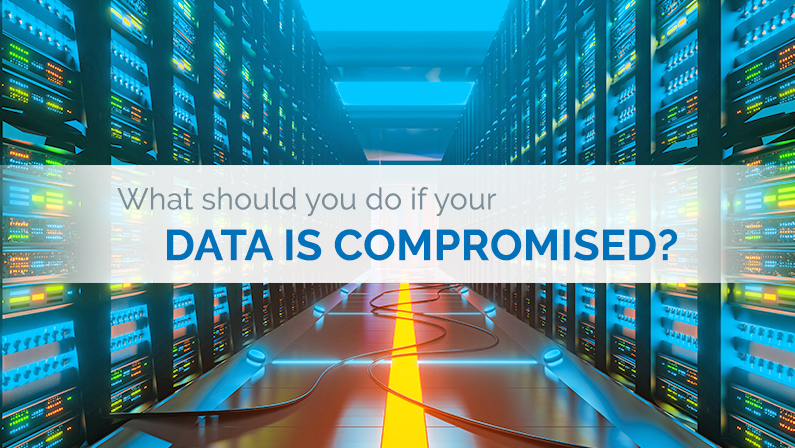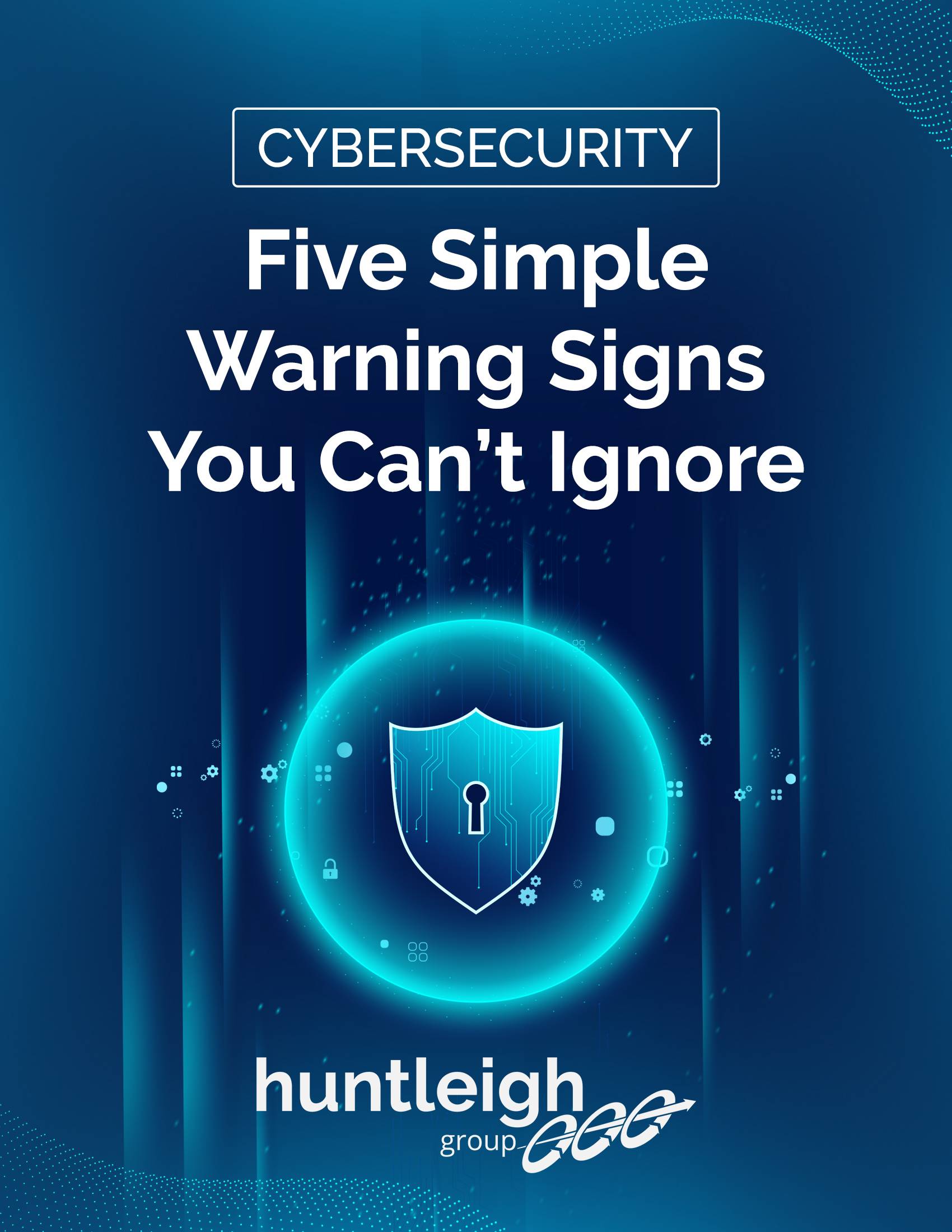What should you do if your data is compromised?
If you suspect or discover that your personal or organizational data has been compromised, it’s crucial to take immediate action to mitigate the potential damage and protect sensitive information. Here’s a step-by-step guide on what to do:
- Contain: As soon as you become aware of the compromise, take immediate action to stop it from spreading further. This may involve disconnecting affected systems from the network or shutting down compromised accounts.
- Notify your IT team or security officer: Inform your IT team or the person responsible for security within your organization. They can assist in assessing the extent of the compromise and identifying affected systems.
- Gather evidence: Document all available information related to the compromise. This includes logs, timestamps, and any details about the breach you can gather. Having this information will be essential for investigations and reporting.
- Engage with experts: If your organization lacks the necessary expertise, consider involving a cybersecurity firm or a data breach response team. These professionals can help identify the cause of the compromise, assess its impact, and guide you through the response process.
- Comply with legal requirements: Depending on your location and the nature of the data involved, you may have legal obligations to report the breach to regulatory authorities or affected individuals. Be sure to comply with all applicable laws and regulations.
- Notify affected individuals: If the compromise involves personal data of individuals, inform them as soon as possible. Provide clear and concise information about what data was compromised, what you’re doing to address the situation, and any steps they can take to protect themselves.
- Change passwords and review accounts: For all affected accounts, change passwords immediately. Encourage users to adopt strong, unique passwords and enable two-factor authentication wherever possible.
- Audit and secure systems: Conduct a thorough audit of your systems to identify any vulnerabilities that may have led to the compromise. Patch and secure these weaknesses to prevent further incidents.
- Update security protocols: Review and update your organization’s security protocols to ensure they align with the latest industry best practices. This might include revising access controls, data encryption, and security policies.
- Learn: Conduct a post-incident analysis to understand how the compromise occurred and what could have been done differently to prevent it. Use this knowledge to improve your organization’s security posture.
- Communicate with stakeholders : Keep all relevant stakeholders, including employees, customers, partners, and investors, informed about the situation and your response efforts.
- Monitor for further incidents: Stay vigilant for any signs of ongoing or subsequent compromises. Continuous monitoring of your systems and network is essential to detect and respond to potential threats promptly.
Remember that the response to a data compromise should be immediate and coordinated. The quicker you act, the better chance you have of minimizing the damage and protecting the privacy and security of individuals affected.





